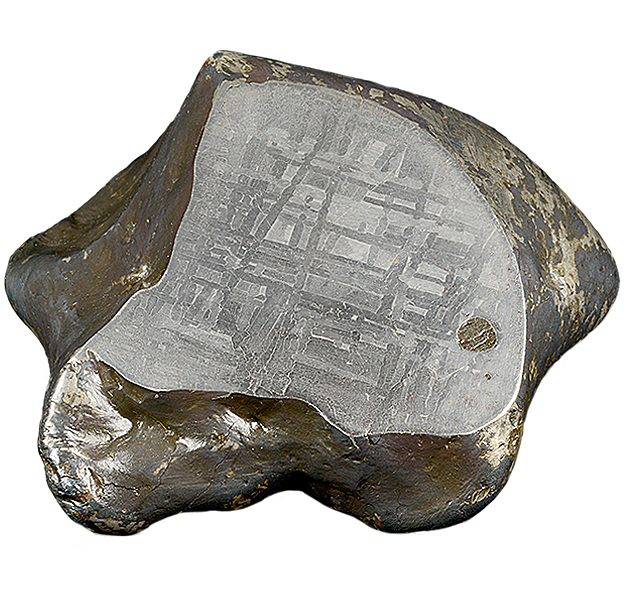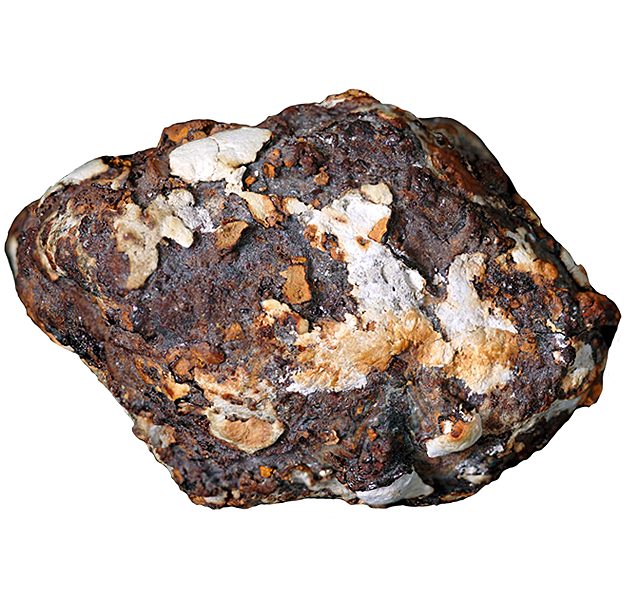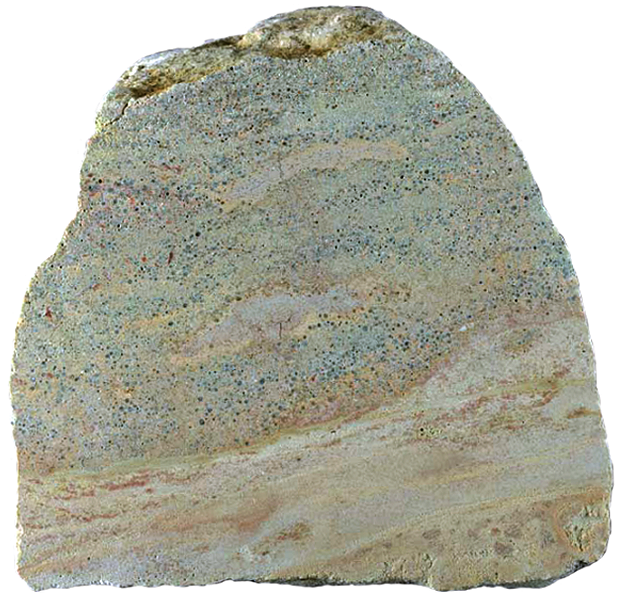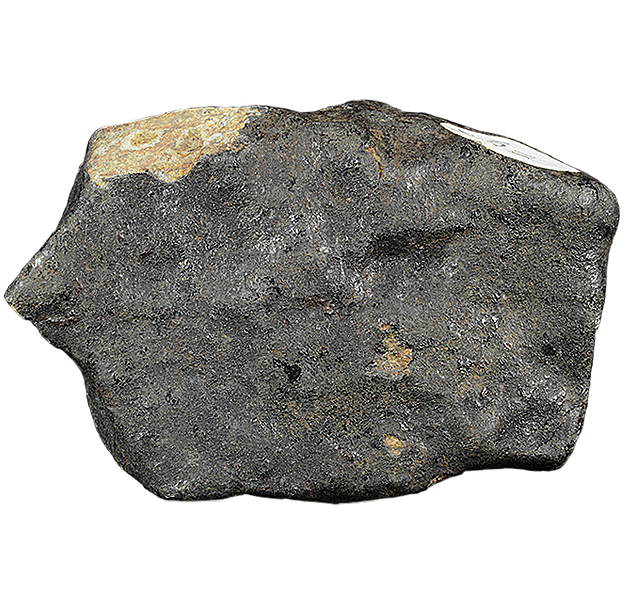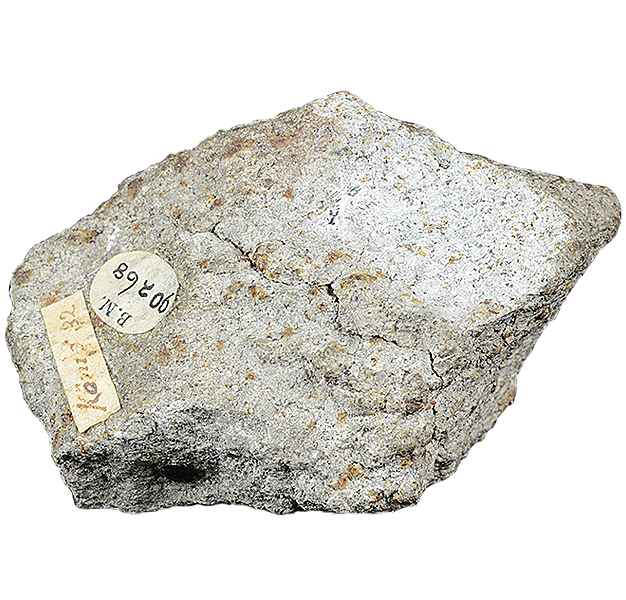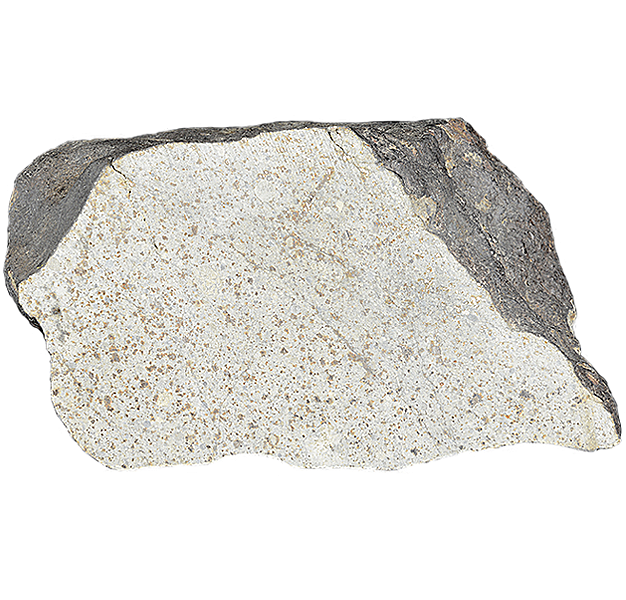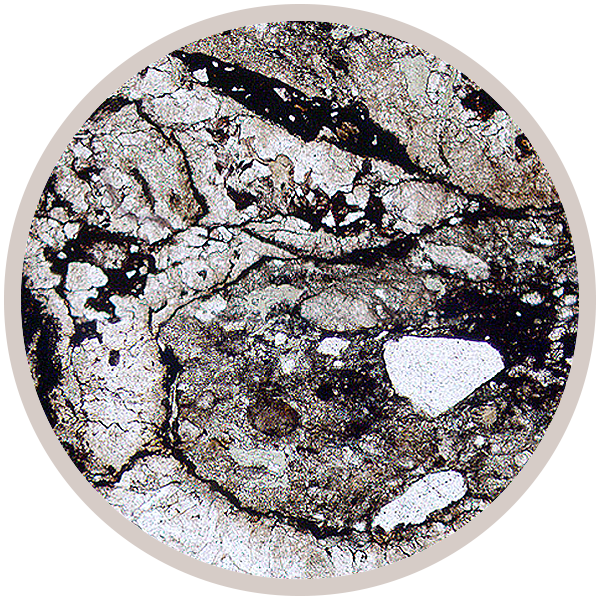
Fact sheet
This sample is a lapilli bearing bed from the Stoer group of the Torridonian sandstone of Scotland, one of two localities in the UK identified as evidence for meteorite impacts in the distant past, the other impact deposit, near Bristol in England is Triassic in age.
The rock was long identified as a volcanic deposit but has recently been re-interpreted by scientists at Oxford Univeristy and is now recognised as an ancient ejecta deposit. The site of the actual crater remains unknown and its identification has been complicated by the Caledonian orogeny and Moine Thrust zone in which higher grade metamorphic rocks were thrust westwards over the hinterland.
This Collection consists of meteorites that have fallen in Great Britain and Ireland and which are now preserved in museum collections. We have also included samples of the two known meteorite impact deposits in the UK.
The Natural History Museum in London offers more information about meteorites and meteorite categories; there is more information about its meteorite collections here.

